Today our topic of discussion is ” Physical Characteristics of Urine “. Urine is one of the body’s primary means of excreting waste products. The urinary system plays a vital role in maintaining homeostasis, including the regulation of electrolytes, maintenance of acid-base balance, and control of blood pressure.
The physical characteristics of urine – such as color, odor, turbidity, and specific gravity – are indicative of a person’s hydration status, diet, and metabolic processes, and can be a window into the health of the urinary system and the body as a whole. A detailed understanding of these characteristics is essential for clinicians and patients alike to recognize potential health issues early and to manage ongoing health conditions effectively.
Physical Characteristics of Urine : The Urinary System
Color
The normal range of urine color can vary significantly, typically falling within shades of yellow due to the presence of urochrome pigments. However, several factors can influence urine color, including the concentration of the urine, the presence of certain pigments, medications, and pathological conditions.
Pale to Dark Yellow
A spectrum of yellow is considered normal, with variations pointing toward hydration status.
Other Colors
Red or brown may indicate the presence of blood or myoglobin; orange could be due to medications or bilirubin; and unusual colors like blue or green might be due to certain foods, dyes, or medical conditions.
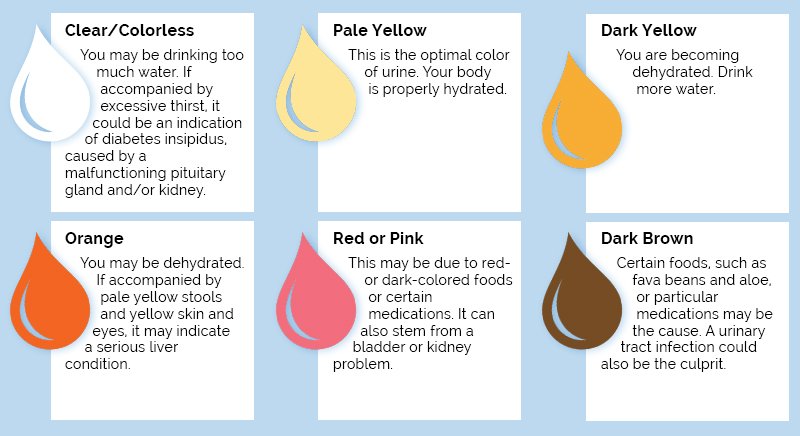
Odor
The typical odor of urine is described as “ammonia-like,” arising primarily from the presence of urea. Diet and certain metabolic disorders can significantly alter the odor of urine.
Influence of Diet
Asparagus, for example, can cause a distinctive smell due to its metabolite asparagine.
Clinical Significance
An unusual odor can be indicative of metabolic disorders, such as maple syrup urine disease or infections.
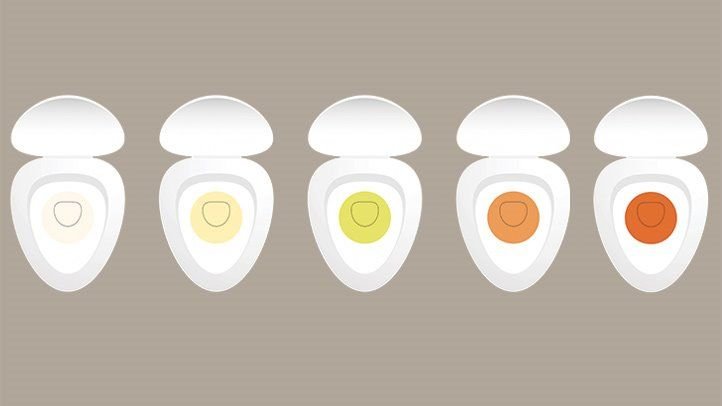
Turbidity
Urine is typically clear. Turbidity, or cloudiness, can occur due to various substances, including cells, bacteria, crystals, or mucus.
Normal vs. Pathological Turbidity
Some turbidity is normal upon standing due to precipitation of salts. Persistent or pronounced turbidity, however, may indicate infection or other urinary tract issues.

Specific Gravity
Specific gravity is a measure of the concentration of solutes in urine and is a reflection of hydration status and kidney function.
Hydration and Specific Gravity
Dilute urine has a low specific gravity, while concentrated urine has a high specific gravity.
Clinical Implications
Values outside of the normal range may indicate conditions such as dehydration, overhydration, or kidney disorders.
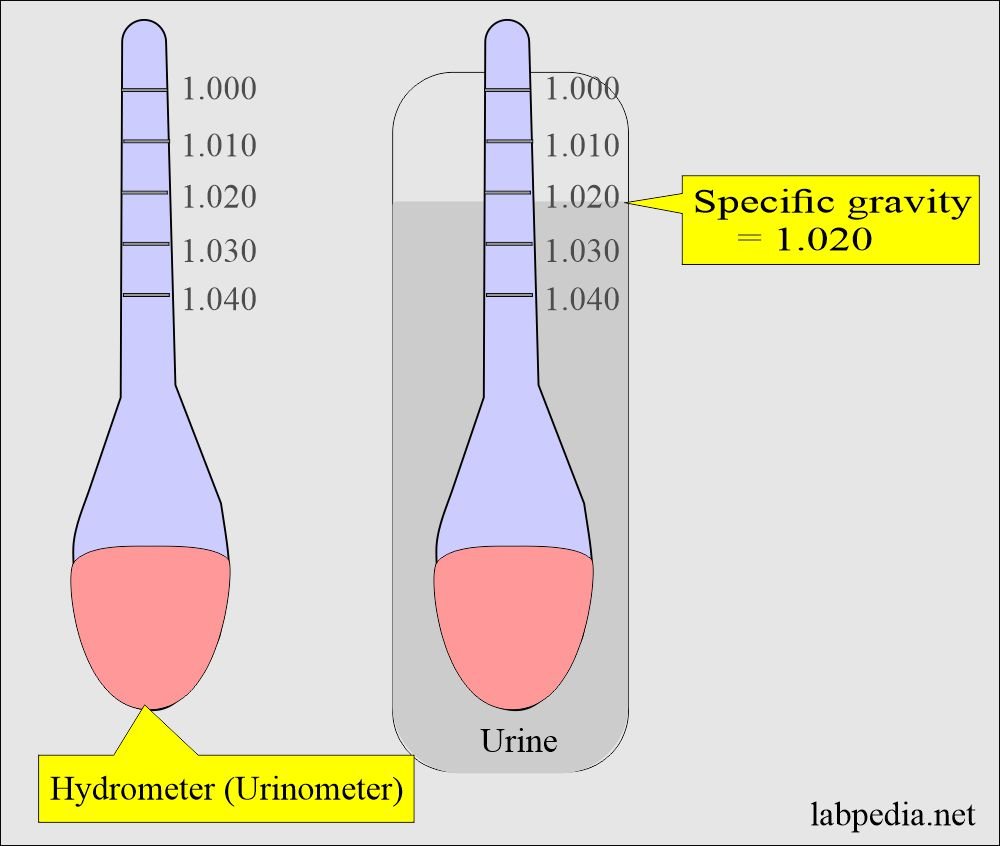
pH
The pH of urine can vary considerably over the course of a day, depending on the body’s metabolic needs.
Diet and Urine pH
A diet high in meat can lead to more acidic urine, while a vegetarian diet can result in more alkaline urine.
Pathophysiological Changes
pH changes can be a sign of kidney stones, urinary tract infections, or systemic acid-base disorders.

Volume
The amount of urine produced can be influenced by various factors, including fluid intake, ambient temperature, and physiological or pathological conditions.
Normal Urinary Output
Normal urinary output is typically between 800 to 2,000 milliliters per day.
Alterations in Volume
Polyuria or oliguria can indicate conditions such as diabetes or renal disease, respectively.
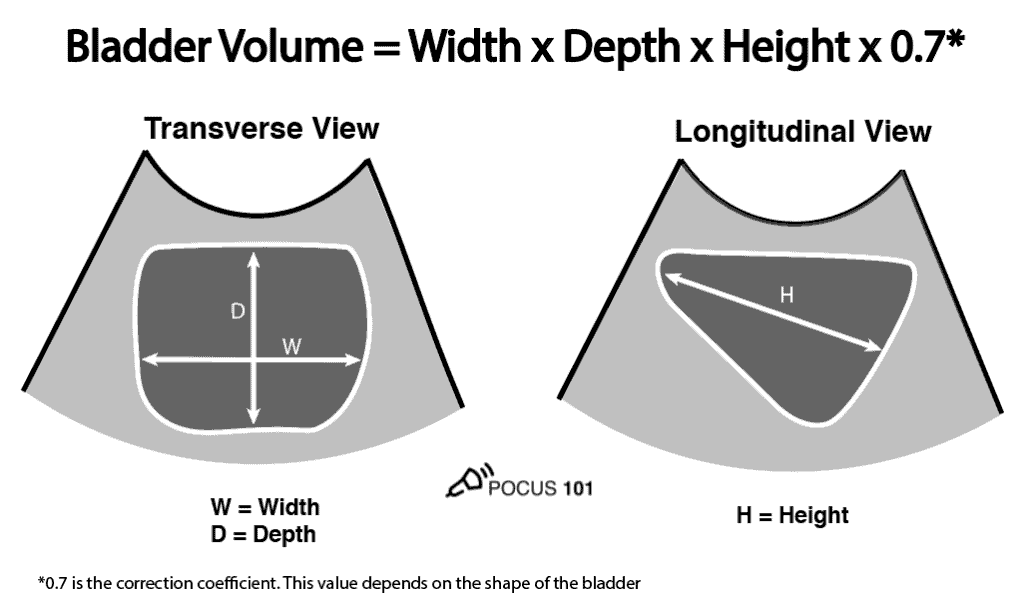
Clinical Assessment
The physical examination of urine, often through a urinalysis, is a key diagnostic tool in clinical medicine.
Urinalysis
A standard urinalysis includes an assessment of the physical, chemical, and microscopic characteristics of urine.
Clinical Correlation
Results can provide clues to systemic conditions such as liver disease, hemolysis, or infectious diseases.
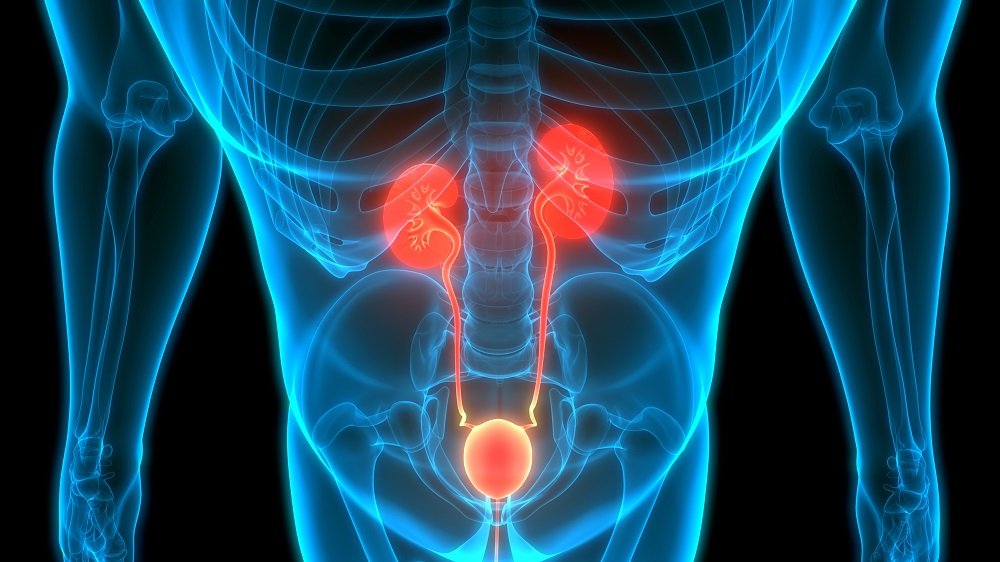
Conclusion
The physical characteristics of urine are a combination of specific and non-specific indicators that reflect the status of not only the urinary system but also the entire body. Changes in the color, odor, turbidity, specific gravity, pH, and volume of urine can all serve as important diagnostic clues in clinical practice.
Routine examination of these characteristics through urinalysis is a simple yet powerful tool in the detection and monitoring of a wide range of diseases. By understanding the implications of the physical properties of urine, healthcare providers can make informed decisions regarding further diagnostic testing and appropriate management of their patients.
Read more:
